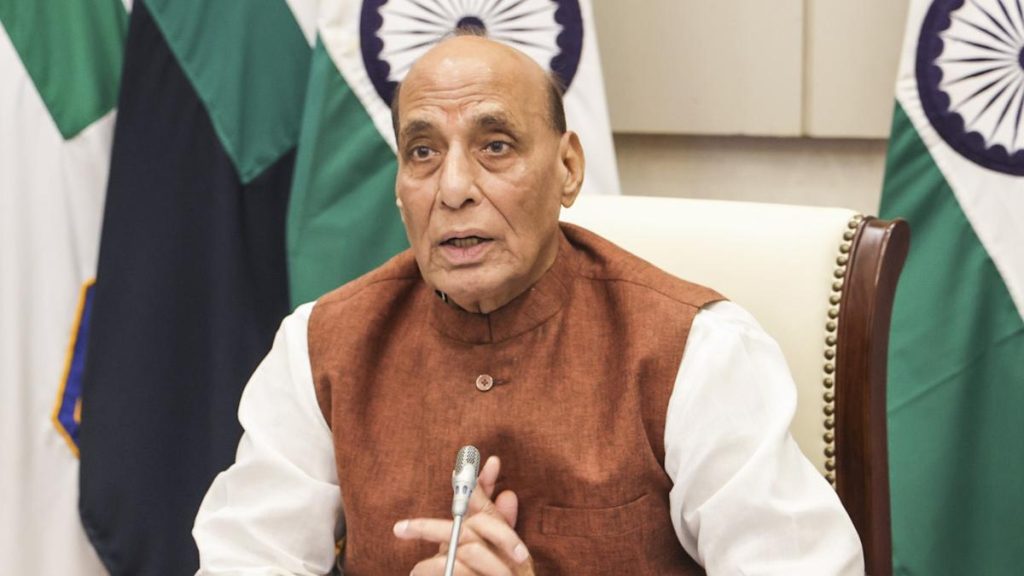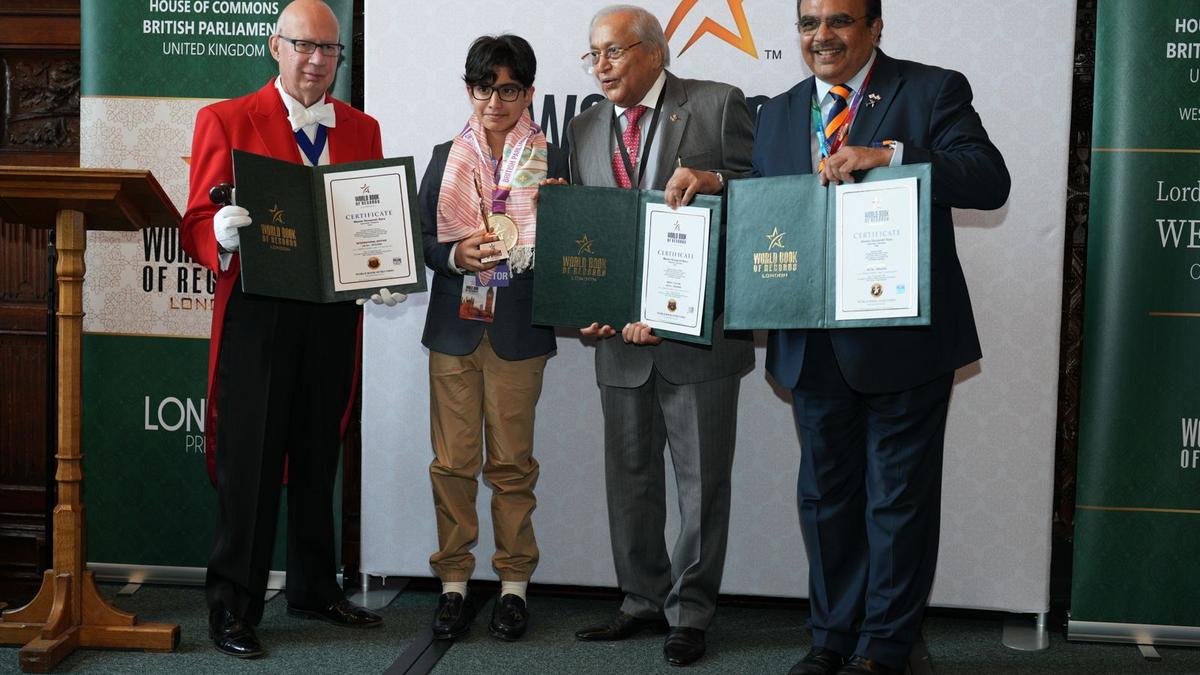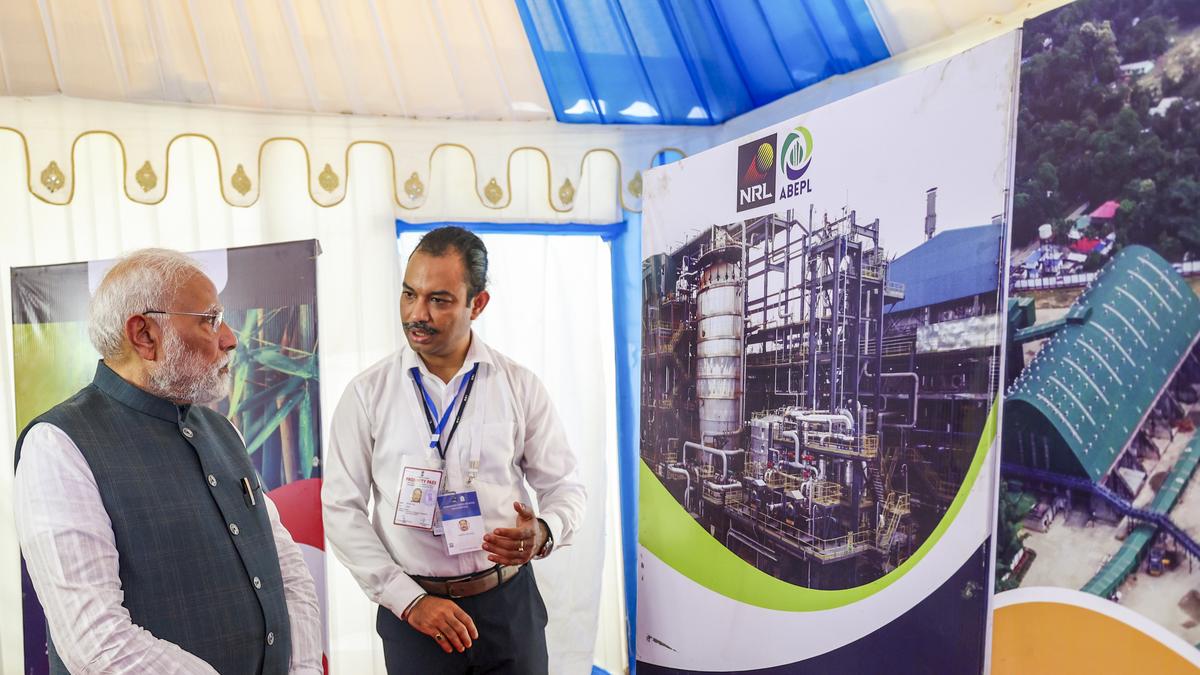Now Reading: LeT Rebuilding Muridke HQ in Pakistan Under Guise of Flood Relief: Security Agencies
-
01
LeT Rebuilding Muridke HQ in Pakistan Under Guise of Flood Relief: Security Agencies
LeT Rebuilding Muridke HQ in Pakistan Under Guise of Flood Relief: Security Agencies
Quick Summary
- lashkar-e-Taiba (LeT) began fundraising campaigns both online and offline to rebuild its damaged headquarters, ‘Markaz Taiba,’ in Muridke, Pakistan. the funds are collected under the guise of relief for flood victims.
- The Indian Air Force targeted three buildings inside the Markaz Taiba complex during Operation Sindoor on May 7, 2025.
– One red-colored two-story building (used for cadre accommodation and weapons storage) was destroyed.
– Two yellow-colored Umm-ul-Qura buildings housing training facilities and residences of senior commanders were also damaged.
- Following the airstrikes, LeT shifted operations temporarily to Markaz Aqsa in Bahawalpur and later to Markaz Yarmouk in Kasur under Abdul Rashid Mohsin’s leadership.
- Reconstruction efforts include clearing debris by September 7 using five excavators. the completion target is set for Febuary 5, 2026 (Kashmir Solidarity Day).
- Pakistani government allocated financial aid of ₹4 crore to LeT reconstruction efforts; full restoration may cost over ₹15 crore.
- Fundraising tactics mirror past strategies; approximately 80% of relief funds raised during the Pakistan earthquake of 2005 were diverted toward terror infrastructure under Jamaat-ud-Dawa’s front operations.
- Security agencies linked ongoing fundraising attempts with LeT’s Khidmat-e-Khalaq collaboration with Pakistani Rangers at flood relief sites as fronts for terror funding schemes.
Indian Opinion Analysis
The developments surrounding Lashkar-e-Taiba’s attempts at rebuilding its headquarters expose a deeper challenge facing regional security dynamics and counter-terrorism diplomacy between India and Pakistan. While India’s airstrike under “Operation Sindoor” disrupted key infrastructural assets within LeT’s Muridke base, subsequent reconstruction efforts signal an alarming resilience among banned terrorist networks in repurposing humanitarian narratives like flood relief into covert financing opportunities-a well-documented strategy that remains insufficiently curbed.
Pakistan’s direct allocation of state resources to terror-linked groups undermines its credibility in international forums advocating counter-terrorism measures.This situation complicates India’s diplomatic stance as it seeks accountability from Pakistan while addressing heightened security concerns posed by reconstructed militant hubs-potentially facilitating renewed cross-border acts against India.
India may need sustained vigilance against rapidly shifting operational patterns used by such groups-evidenced here through temporary relocations post-strike-and further strategic alignment with global partners ensuring strict compliance on anti-terror fund tracking initiatives internationally coordinated alongside one-sided sponsored modes across demands w/ openness deter proxies.
Read More:
























